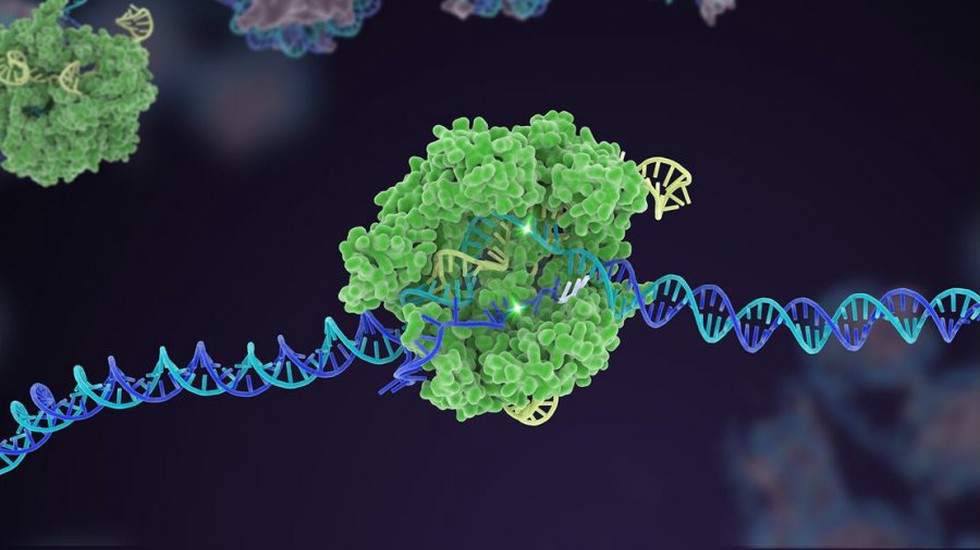
About CRISPR/Cas9:
- CRISPR, short for Clustered Regularly Interspaced Short Palindromic Repeats, is a gene-editing technology that can be used to alter the genetic sequence of a specific gene by removing, adding, or altering sections of the DNA sequence.
- It makes it possible to correct errors in the genome and turn on or off genes in cells and organisms quickly, cheaply, and with relative ease.
- How was it developed?
- Some bacteria have a similar, built-in gene editing system to the CRISPR-Cas9 system that they use to respond to invading pathogens like viruses, much like an immune system.
- Using CRISPR, the bacteria snip out parts of the virus DNA and keep a bit of it behind to help them recognise and defend against the virus next time it attacks.
- Researchers adapted this immune defense system to edit DNA.
- The CRISPR-Cas9 system consists of two key molecules that introduce a change (mutation) into the DNA. These are:
- An enzyme called Cas9, acts as a pair of ‘molecular scissors’ that can cut the two strands of DNA, at a specific location in the genome so that bits of DNA can then be added or removed.
- A piece of RNA called guide RNA (gRNA), consists of a small piece of pre-designed RNA sequence (about 20 bases long) located within a longer RNA scaffold. The scaffold part binds to DNA and the pre-designed sequence ‘guides’ Cas9 to the right part of the genome. This makes sure that the Cas9 enzyme cuts at the right point in the genome.
- The guide RNA is designed to find and bind to a specific sequence in the DNA.
- Cas9 follows the guide RNA to the same location in the DNA sequence and makes a cut across both strands of the DNA.
- Once the DNA is cut, researchers use the cell's own DNA repair machinery to add or delete pieces of genetic material, or to make changes to the DNA by replacing an existing segment with a customized DNA sequence.
- CRISPR-Cas9 has a lot of potential as a tool for treating a range of medical conditions that have a genetic component, including cancer, hepatitis B, or even high cholesterol.
2. Key Facts about Nitrous Oxide (N2O) Emissions

What is Nitrous Oxide (N2O)?
- Nitrous oxide, commonly known as laughing gas or happy gas, is a colorless, odorless, and non-flammable
- While nitrous oxide is not flammable, it will support combustion to the same extent as oxygen.
- It leads to a state of euphoria, explaining its nickname, ‘laughing gas.’
- It is soluble in water. Its vapors are heavier than air.
- Applications:
- It is commonly used by dentists and medical professionals to sedate patients undergoing minor medical procedures.
- The gas is also used as a propellant in food aerosols.
- It is used in the automotive industry to enhance engine performance.
Highlights of the Report:
- Nitrous Oxide (N2O) is the third most significant greenhouse gas after carbon dioxide and methane and is 273 times more potent than CO2 over 100 years.
- The increase in greenhouse gases has already raised the Earth's average surface temperature by 1.15 degrees Celsius compared to the 1850-1900 average.
- Anthropogenic nitrous oxide emissions contribute to about 0.1 degrees of this warming.
- Nitrous Oxide (N2O) emissions grew by 40 percent between 1980 and 2020, with China being the largest emitter, followed by India and the US.
- The top 10 emitters are China, India, the USA, Brazil, Russia, Pakistan, Australia, Indonesia, Turkey, and Canada.
- The biggest human sources of N₂O are agriculture, industry, and the burning of forests or agricultural waste.
- 74 percent of the nitrous oxide emissions over the last decade originated from agricultural practices, specifically the use of nitrogen fertilizers and animal manure.
- In 2022, the concentration of nitrous oxide in the atmosphere reached 336 parts per billion, 25 percent higher than in 1850-1900, significantly surpassing the predictions of the Intergovernmental Panel on Climate Change.
3. Sarod
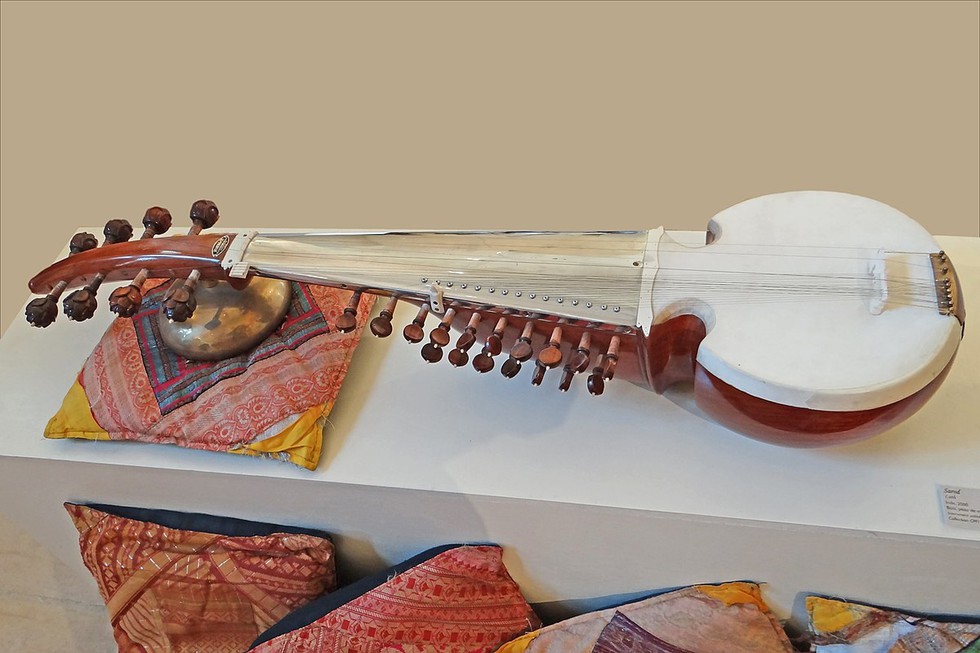
About Sarod:
- It is a stringed instrument in the lute family and one of the most popular instruments in Hindustani classical music.
- It is often accompanied by the tabla (drums) and tambura (drone lute).
- It is an adaptation of the Afghan rabab, which arrived in India during the 16th century.
- The modern form of the instrument was designed in the 19th century.
- Design:
- The sarod is 100 cm long and has a body made from hollow teak, sagwan, or tun wood.
- High-quality instruments have a body, neck, and peg box made from a single piece of wood.
- The resonator has a stretched membrane (usually goatskin) and a bridge made from horn where the strings rest.
- The bridge is very thin, like that of a violin. The melody strings are stretched across the bridge, and the sympathetic strings run through holes drilled into the bridge.
- The strings were traditionally made from gut or silk, but today are usually made from steel or bronze.
- The neck of the instrument does not have a fretboard, but rather a polished, steel plate.
- Playing:
- One who plays the sarod is called a sarodiya, and the word sarod is Persian for song or melody.
- The seated player holds the instrument across his lap.
- The strings of the sarod are plucked using a triangle-shaped plectrum called a jawa, usually made from coconut shell, ebony, or horn., while the fingernails of the left hand press the strings.
- Two prominent Indian schools of sarod playing are those of Ghulam Ali Khan and Allauddin Khan, each with its own playing style, type of sarod (e.g., size, shape, and number of strings vary), and tuning system.
4. Atomic Clock
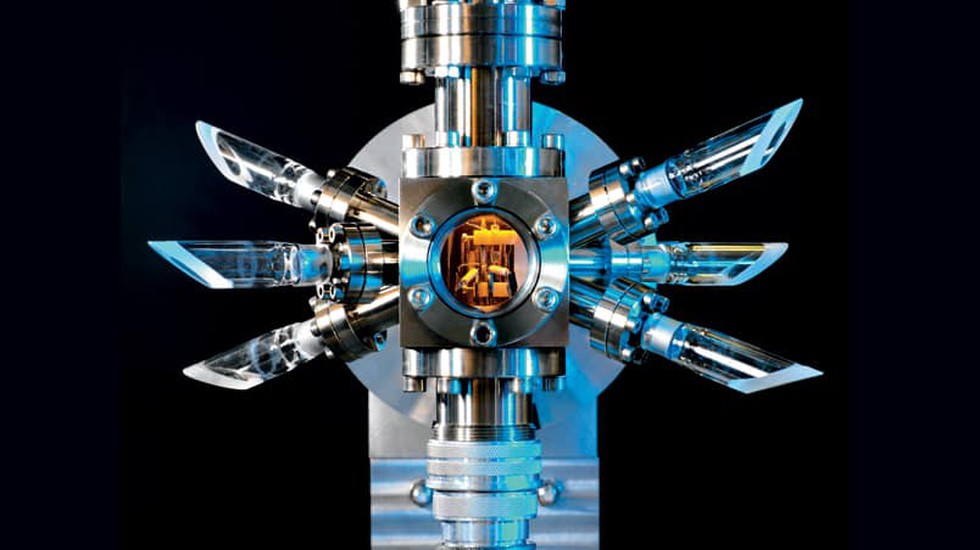
About Atomic Clock:
- An atomic clock is a device that measures time using the vibrations of atoms.
- Specifically, it uses the oscillations of the electrons in atoms to keep time.
- It is the most accurate time-keeping device available, with a margin of error of just a few billionths of a second per day.
- Atomic clocks are far more precise than conventional clocks because atomic oscillations have a much higher frequency and are much more stable.
- They are used in many applications that require very precise timing, such as GPS systems, telecommunications networks and scientific research.
- How does an atomic clock work?
- Atomic clocks work by using a type of atom called a "cesium atom".
- Cesium atoms are very stable and have a very specific frequency at which their electrons vibrate.
- This frequency is used as the basis for the atomic clock's timekeeping.
- To measure time using cesium atoms, an atomic clock uses a device called a "microwave cavity".
- The microwave cavity is a chamber that is filled with cesium vapor.
- A microwave signal is then sent into the cavity, which causes the cesium atoms to vibrate.
- As the cesium atoms vibrate, they emit radiation at a very specific frequency.
- This frequency is then detected by a detector, which compares it to a standard frequency.
- The difference between the two frequencies is used to adjust the clock's timekeeping.
- Types of atomic clocks: There are two types of atomic clocks: cesium atomic clocks and hydrogen maser atomic clocks.
- Cesium atomic clocks are the most common and are used to define the international standard for time, called Coordinated Universal Time (UTC).
- Hydrogen maser atomic clocks are even more accurate than cesium atomic clocks and are used in scientific research.
5. Crete Island
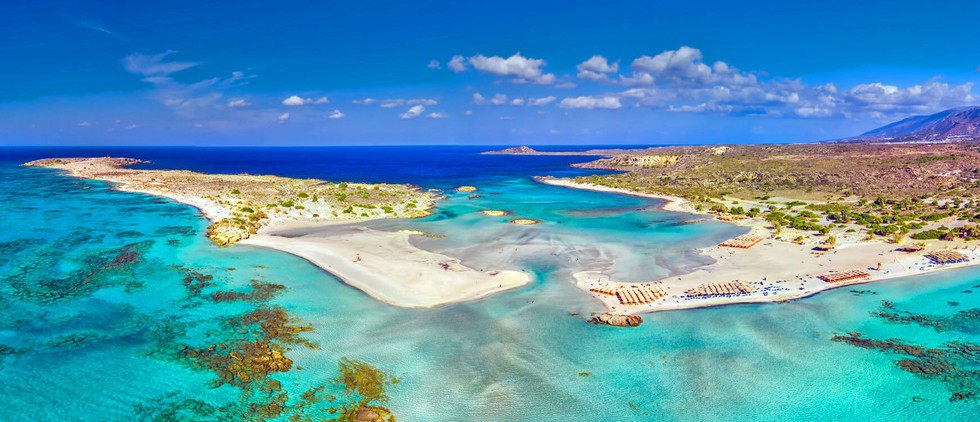
About Crete Island:
- It is the largest island in Greece and the fifth largest one in the Mediterranean Sea.
- It is located in the southern part of the Aegean Sea (an arm of the Mediterranean Sea).
- It is bordered by the Sea of Cretein the north, the Libyan Sea in the south, the Myrtoan Sea in the west, and the Carpathian Sea in the east.
- It covers an area of 8,336 sq. km.
- It is relatively long and narrow, stretching for about 260 km east-west and about 60 km at its widest point.
- The island is dominated by rugged mountains that crisscross from west to east.
- The highest point on the island is Ida, also known as Psiloritis, at 2,456 m.
- History:
- The island of Crete has been inhabited since the Paleolithic Age by early hominids.
- The earliest advanced European civilization, the Minoan Civilization, started on the island around 2700-1420 BCE.
- The Minoan civilization ended after a major earthquake, and thereafter, the island’s rule was taken over by the Mycenaean civilization.
- The island was then subsequently ruled by the Romans, the Byzantines, the Andalusians, the Venetians, and the Ottomans.
- After the island’s independence from Ottoman rule, Crete became a part of Greece.
- During the Second World War, the island was occupied by the Nazi German forces and also served as the battleground of the famous “Battle of Crete.”
6. Notified Disasters

About Notified Disasters
- In India, the Disaster Management Act, 2005, defines a disaster as a "catastrophe, mishap, calamity or grave occurrence" arising from natural or man-made causes that results in substantial loss of life, destruction of property, or damage to the environment.
- The Act includes 12 categories of notified disasters, which are: Cyclone, Drought, Earthquake, Fire, Flood, Tsunami, Hailstorm, Landslide, Avalanche, Cloudburst, Pest attack, Frost and cold waves
- These notified disasters are eligible for relief assistance under the State Disaster Response Fund (SDRF) and National Disaster Response Fund (NDRF).
- The SDRF is primarily used for immediate relief to victims of notified disasters, while the NDRF supplements the SDRF in cases of severe disasters where funds are insufficient.
- However, heatwaves are not currently included as a notified disaster under the Act. Although heatwaves are a significant concern in India, particularly in certain regions, the Finance Commission has not been convinced to expand the list of notified disasters.
- States can use up to 10% of their SDRF allocation for local disasters, including heatwaves, which some states have done.
NDMA
- The National Disaster Management Authority (NDMA) plays a crucial role in laying down policies, plans, and guidelines for disaster management in India.
- It aims to promote a national resolve to mitigate the damage and destruction caused by natural and man-made disasters through sustained and collective efforts.
7. International Organization of Migration (IOM)
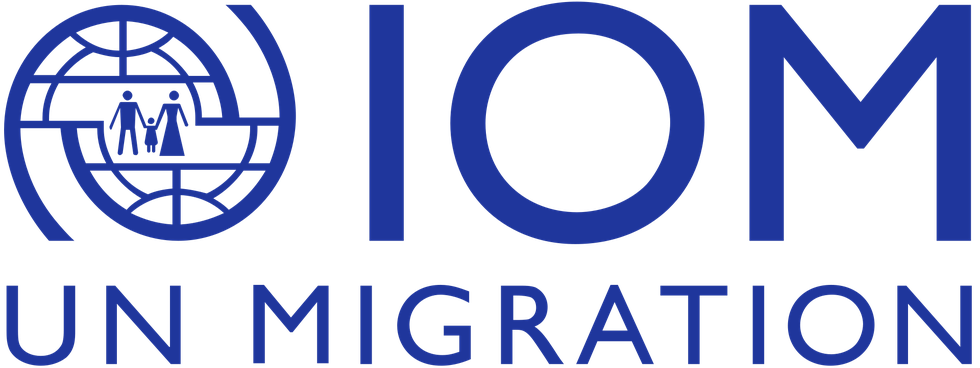
About International Organization of Migration (IOM)
- The IOM is an intergovernmental organization that provides services and advice concerning migration to governments and migrants, including internally displaced persons, refugees and migrant workers.
- Establishment: IOM was established in 1951.
- Headquarters: Geneva, Switzerland.
- Member States: IOM has 175 member states and 8 observer states.
- Mandate: To promote humane and orderly migration for the benefit of all, through providing services and advice to governments and migrants.
- Publications: World Migration Report, Migration Health Annual Report.
Key Areas of Work
- Migration and development: IOM works to maximize the benefits of migration for both the home and host countries, as well as for migrants themselves.
- Migration health: The organization provides health services and support to migrants and displaced populations.
- Emergency operations: IOM responds to humanitarian crises by providing emergency relief and post-crisis recovery programs, such as transportation assistance, temporary shelter, and rebuilding infrastructure.
- Counter-Trafficking: The organization actively combats human trafficking through prevention, protection, and prosecution initiatives, providing support to victims of trafficking.
8. What is Starship?
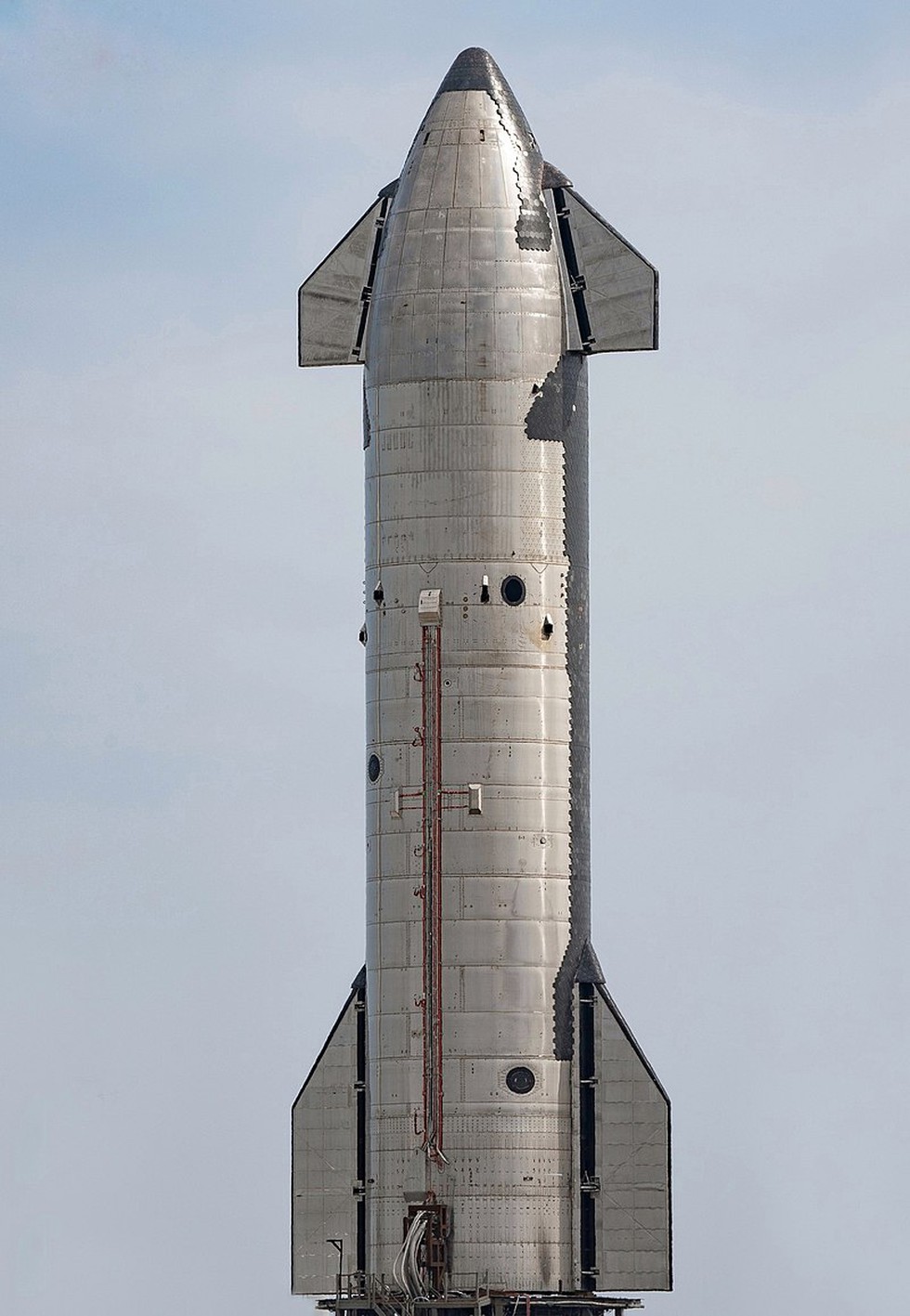
About Starship
- SpaceX's Starship is an ambitious spacecraft designed to be fully reusable for missions to various destinations in space, including Mars.
Design and Specifications
- It is part of a two-stage-to-orbit launch system composed of the Super Heavy booster and the Starship spacecraft itself:
- Super Heavy Booster: The first stage, responsible for lifting Starship out of Earth's atmosphere.
- Starship Spacecraft: The second stage, designed for space travel, including carrying crew and cargo.
- Reusability: Both stages are designed to be fully reusable, aiming to significantly reduce the cost of space travel.
- Capacity:
- Crew: Can carry up to 100 passengers.
- Cargo: Large payload capacity, with different configurations for various missions.
- Engines: Powered by Raptor engines, which use liquid methane and liquid oxygen (Methalox) as propellants.
Objectives and Missions
- Mars colonization: Central to SpaceX's long-term goal of making humanity multiplanetary by establishing a self-sustaining colony on Mars.
- Lunar missions: NASA's Artemis program has selected a variant of Starship to serve as a lunar lander for returning humans to the Moon.
- Orbital flights and beyond: Designed for a variety of missions, including satellite deployment, interplanetary exploration, and even space tourism
9. Enterobacter bugandensis

About Enterobacter Bugandensis
- Enterobacter bugandensis is a relatively new species within the Enterobacter genus.
- It was first described in 2013, after being isolated from cases of bloodstream infections in Uganda.
Key Characteristics
- Morphology: It is a Gram-negative, rod-shaped bacterium.
- Habitat: Like other Enterobacter species, E. bugandensis is typically found in various environments, including soil, water, and the gastrointestinal tracts of animals and humans.
- Pathogenicity: It can cause a range of infections, primarily in immunocompromised These include bloodstream infections, respiratory infections, urinary tract infections, and wound infections.
- Resistance: It has shown resistance to multiple antibiotics, which makes treatment challenging.
- The mechanisms of resistance can include beta-lactamase production, efflux pumps, and mutations that reduce drug uptake.
What is the multidrug-resistant pathogen?
- It refers to a microorganism that has developed resistance to multiple antimicrobial agents, typically three or more antimicrobial categories.
- This resistance can be seen in various types of microorganisms, including bacteria, viruses and parasites.
- The most threatening forms of MDR to public health are MDR bacteria that resist multiple antibiotics
10. National Testing Agency

About National Testing Agency (NTA)
- The NTA was established in 2017 by the Ministry of Education as a premier, specialist, autonomous and self-sustained testing organization to conduct entrance examinations for admission/fellowship in higher educational institutions.
Functions
- Conducting entrance examinations for admission to higher educational institutions
- Creating a question bank using modern techniques
- Establishing a strong research and development culture
- Collaborating with international organizations like ETS (Educational Testing Services)
- Undertaking any other examination entrusted to it by the Ministries/Departments of Government of India/State Governments
NEET
- The NEET (National Eligibility cum Entrance Test) is an entrance examination for students who wish to pursue undergraduate medical courses (MBBS/BDS) and postgraduate courses (MD/MS) in government or private medical colleges.
- Objective: To standardize the admission process for medical and dental courses across India, ensuring a uniform evaluation of candidates' eligibility.
- The NTA conducts NEET on behalf of the Ministry of Education.


























































































































































.png)
.png)
.png)
.png)
.png)


.png)
.png)
.png)





.png)
.png)






.png)
.png)
.png)
.png)
.png)
.png)
.png)
.png)
.png)

.png)







.png)
.png)


.png)
.png)
.png)


.png)

.png)
.png)





.jpg)

.png)
.png)


.png)

.png)
.png)
.png)

.jpg)

.jpg)


.png)

.png)
.png)
.png)
.png)
.png)
.png)
.png)
.png)
.png)
.png)




.png)

.png)





.png)
.png)
.png)
.png)
.png)
.png)
.png)
.png)
.png)
.png)
.jpg)
.jpg)

.png)
.png)
.png)
.png)
.png)
.png)
.png)
.png)
.png)
.png)
.png)
.png)
.png)
.png)
.png)
.png)
.png)
.png)
.png)
.png)
.png)
.png)



.png)
.png)

.jpg)
.jpg)


.jpg)
.jpg)
.jpg)
.jpg)
.jpg)

.jpg)








.jpg)
.jpg)
.jpg)
.jpg)
.jpg)

















.jpg)
.jpg)







.jpg)


















.jpg)
.jpg)






























































































.jpg)
.jpg)


























.jpg)

.jpg)










.jpg)








.jpg)




.jpg)










.jpg)


















.jpg)












































.jpg)














.jpg)
.jpg)
.jpg)





.jpg)

.jpg)
.jpg)





































































.jpg)


































.jpg)
.jpg)
















































.jpg)












.jpg)


.jpg)




.jpg)
.jpg)
.jpg)

.jpg)
.jpg)
.jpg)
.jpg)

.jpg)
.jpg)
.jpg)

.jpg)
.jpg)
.jpg)
.jpg)
.jpg)
.jpg)
.jpg)
.jpg)

.jpg)


.jpg)
.jpg)
.jpg)
.jpg)
.jpg)
.jpg)
.jpg)
.jpg)
.jpg)
.jpg)











.jpg)
.jpg)





.jpg)
.jpg)
.jpg)
























.jpg)
























.jpg)









.jpg)
.jpg)







.jpg)
.jpg)









































.jpg)
.jpg)
.jpg)
.jpg)
.jpg)

.jpg)
.jpg)
.jpg)
.jpg)
.jpg)


.jpg)
.jpg)
.jpg)
.jpg)
.jpg)

.jpg)
.jpg)
.jpg)
.jpg)
.jpg)
.jpg)
.jpg)
.jpg)
.jpg)
.jpg)
.png)

.png)
.png)

.png)
.png)
.png)
.png)


.jpg)
.jpg)

.jpg)
.jpg)
.jpg)

.png)
.png)
.png)
.png)
.png)
.png)
.png)

.png)
.png)
.png)
.png)
.png)
.png)
.png)
.png)
.png)
.png)





































































-min.png)



.png)




.png)








































